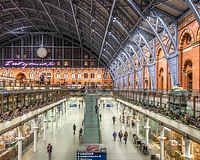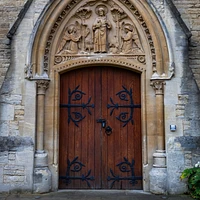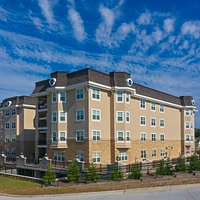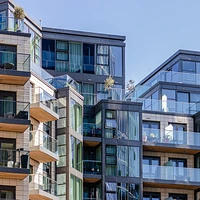Preserving Heritage Buildings with Sensitive, Specialist Fire Protection
Preserving the integrity of historic and listed buildings while ensuring fire safety is a delicate balance.
Our passive fire protection solutions are carefully implemented to protect these structures without compromising their historical value.
Why is fire protection so important in historic buildings?
Historic buildings are invaluable cultural assets, with a constant flow of visitors, yet their age and original construction often lack modern safety features, making them particularly vulnerable to fires.
This means implementing effective fire safety measures is vital to protect these structures. Highlighting the need for balance, between the preservation of historic features and the installation of effective fire protection - protecting listed buildings, preserving them for future generations.

What makes fire safety challenging in historic buildings?
More so than contemporary buildings, historic structures often feature combustible materials like timber beams and panelling, plus open floor plans that allow for rapid fire spread.
Often, these buildings also have limited compartmentation to contain fires and architectural elements that restrict the installation of modern fire safety systems. These factors necessitate a tailored approach to fire protection that respects the building’s historical significance.

Fire safety regulations for heritage properties
Fire protection works for historic buildings need to have Listed Building Consent, which is required for alterations that affect the character of a listed building, including fire safety upgrades.
Alterations, from structural changes to subtle interior modifications, typically require approval. This includes extensions, renovations, structural repairs, window replacements, or brickwork restoration. Often Historic England allows for reversible protective measures such as intumescent seals, that can reach FD30 protection levels, without harming the building's historic features.
How to prevent fires from spreading in historic buildings
Effective fire stopping and fire door installation in historic buildings is essential.
Stopping the spread of fire by forming fire-resistant compartments, buying time for evacuation, whilst still looking authentic to the period.
This is important as historic buildings often have hidden voids, generally either old plumbing, chimneys or gaps between walls. This adds a layer of complexity when installing fire stopping, and often requires more detailed fire risk assessments.
Keep your historic building compliant with Pre-Planned Maintenance (PPM)
Our PPM packages give trusts a better way to manage fire door compliance. With regular servicing, you stay ahead of compliance - while protecting your budget from avoidable surprises.
-
Protect your budget from surprises
Our scheduled approach means fewer emergencies and better forecasting
-
Catch issues before they escalate
We resolve minor issues before they cause compliance failures
-
Reduce long term repair costs
Regular maintenance reduces the need for major replacements


